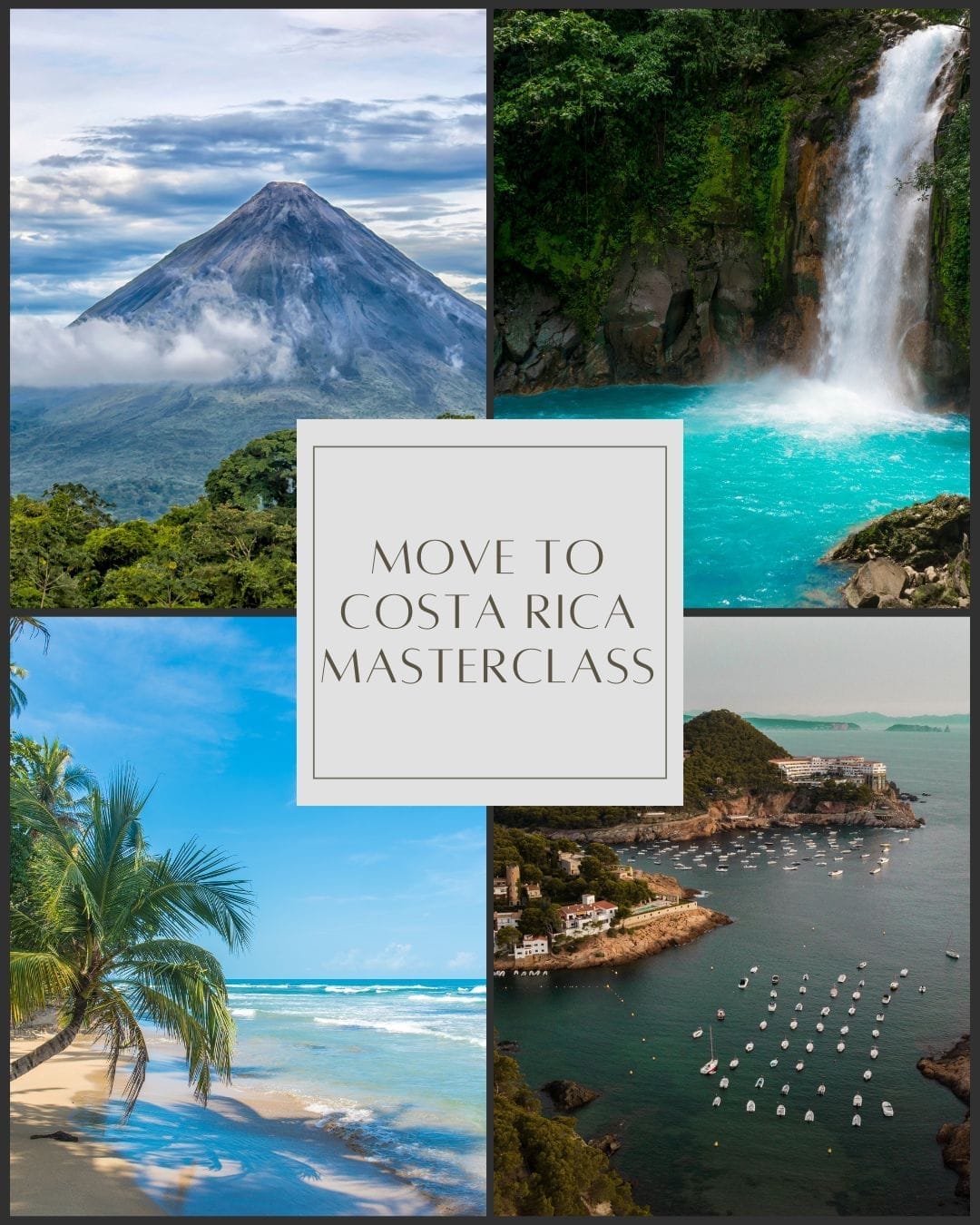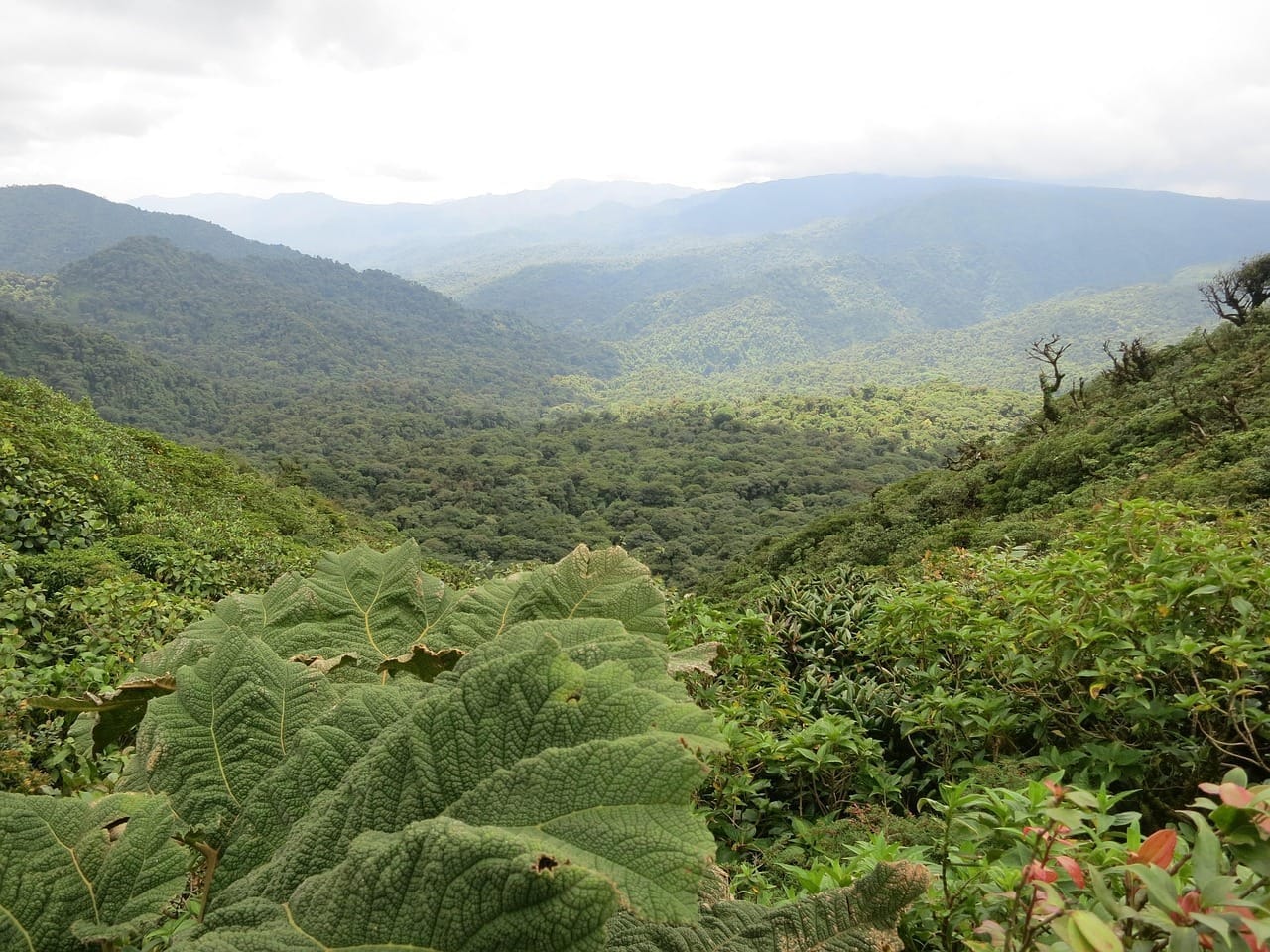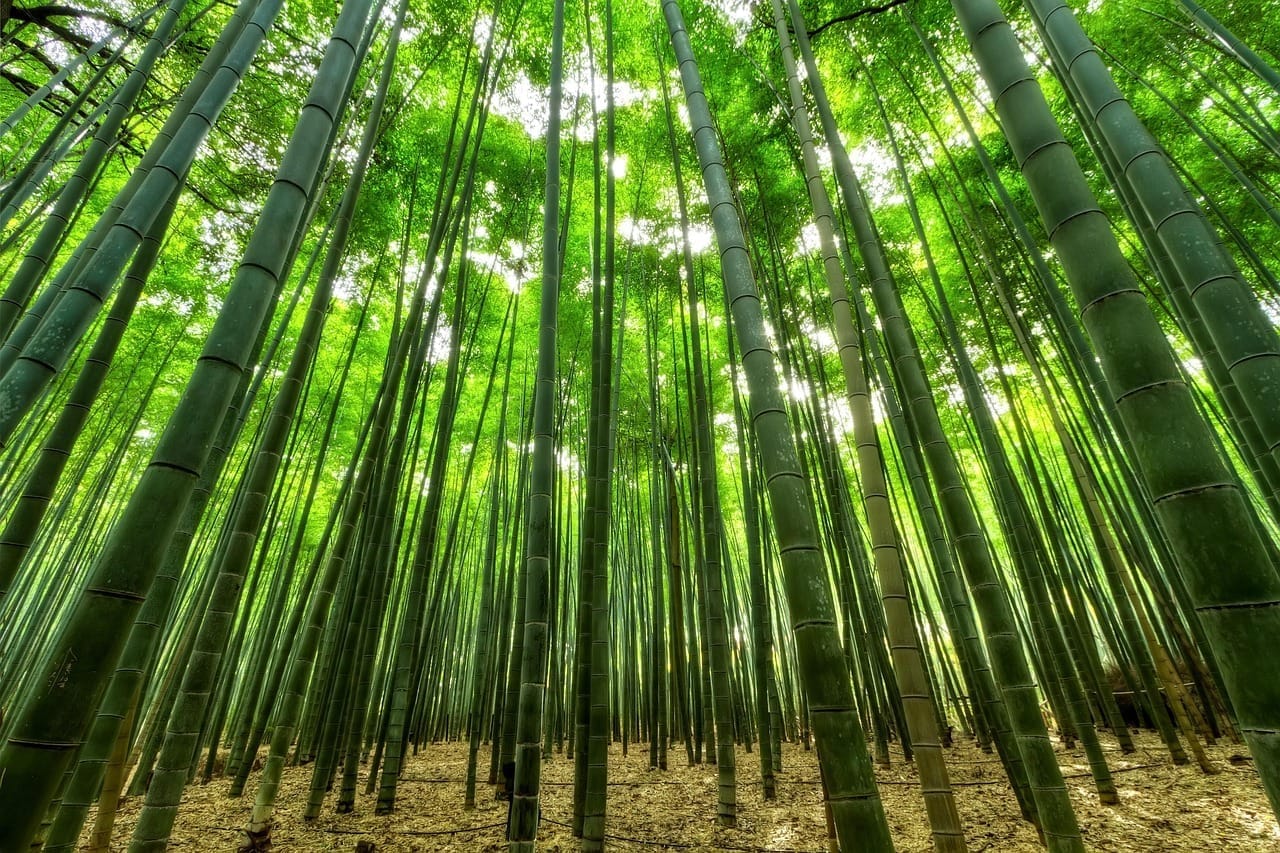
Building Your Off-Grid Dream: A Guide to Sustainable Homes in Costa Rica's Central Valley

When I first moved to Atenas six years ago, I never imagined I'd be designing our own off-grid home. But there's something about Costa Rica that changes you. The rhythm of rain on the jungle canopy, the morning mist rolling through coffee plantations, the quiet certainty that a simpler way exists. It all speaks to a deeper longing many of us carry. Today, as my wife and I finalize plans for our solar-powered sanctuary, I'm reflecting on what I've learned about building sustainable homes in this remarkable corner of the Central Valley.
The off-grid movement in Costa Rica isn't just about cutting utility bills, though that's certainly appealing. It's about aligning your daily life with the values that likely brought you here: environmental stewardship, self-sufficiency, and a commitment to treading lightly on this extraordinary landscape. Let me share what building an off-grid home in the Central Valley really entails.
Why the Central Valley is Perfect for Sustainable Living
The Central Valley encompasses towns like Atenas, Grecia, Naranjo, and Sarchí, which offer something rare: year-round temperate weather that dramatically reduces your energy needs. While coastal areas require constant cooling and highland regions demand occasional heating, we enjoy what locals call "eternal spring."
Our temperatures hover between 70-80°F (21-27°C) throughout the year. This means no air conditioning, no heating systems, just cross-ventilation and thoughtful design. I've watched construction costs drop by 30-40% simply because we don't need the mechanical systems that dominate budgets elsewhere.
The region receives abundant rainfall during the May-November wet season, typically 80-120 inches annually, making rainwater harvesting not just viable but remarkably efficient. Our preliminary calculations suggest a 10,000-liter cistern can easily sustain a couple year-round, with surplus during the rainy months.
Perhaps most importantly, the Central Valley sits at elevations between 2,000 and 4,000 feet, placing it above the intense heat and humidity of the lowlands while remaining below the cooler mountain zones. This sweet spot means building materials last longer, solar panels operate more efficiently, and human comfort comes naturally.
Understanding Costa Rica's Building Regulations for Sustainable Homes
Before you start sketching your dream cabin, understand that Costa Rica takes construction seriously, and for good reason. The country is situated on seismically active ground, and its building codes reflect this reality.
The Essential Permits
Every structure over 40 square meters (about 430 square feet) requires a construction permit from your municipality. You'll need:
• A licensed architect's stamped plans (architects hold legal responsibility for structural integrity)
• A registered engineer's approval for structural elements
• Environmental viability study (uso de suelo)
• Topographical survey
• Municipal construction tax payment
Working with a local architect familiar with sustainable design proves invaluable. I interviewed five before finding one who genuinely understood passive solar design and had experience with water-independent systems. Expect to pay $2,000-$4,000 USD for comprehensive architectural services on a modest, off-grid home.
The Gray Areas
Here's where it gets interesting: Costa Rica hasn't yet developed specific codes for off-grid systems. Your solar array doesn't require a separate permit, but electrical systems must meet the Costa Rican electrical code (which many imported components do). Rainwater harvesting systems occupy a similar regulatory vacuum; they are neither prohibited nor explicitly guided.
This ambiguity means two things. First, you have flexibility in system design. Second, you bear responsibility for safety and functionality. I recommend over-engineering everything and thoroughly documenting your systems. When we eventually sell, having professional installation records will matter.

If you're serious about making this life-changing move, our Move to Costa Rica Masterclass online course provides comprehensive guidance on everything from residency requirements and healthcare to finding the perfect community and integrating into local culture, helping you make a smooth and successful transition.
The Core Systems: Solar Power
Costa Rica averages 5-6 hours of usable sunlight daily. Slightly less during the rainy season, more during the dry months. This consistency makes solar remarkably predictable compared to many northern locations.
System Sizing for Real Life
For our two-person household, which includes running a refrigerator, LED lights, ceiling fans, laptops, and occasional power tools, we calculated a 3kW system. That translates to:
• Eight 400-watt solar panels ($250-300 USD each)
• Hybrid inverter system ($1,200-2,000 USD)
• Battery bank (lithium-ion, 10kWh capacity, $4,000-6,000 USD)
• Charge controller and mounting hardware ($800-1,200 USD)
Total system cost: $8,000-12,000 USD installed. Yes, that's significant. However, compare it to extending grid service to a rural property (often costing $10,000-$ 25,000 USD for transformer and line installation), and the economics shift.
Our local installer, a German expat who has been here for 15 years, emphasized oversizing by 20%. "You always use more power than you think," he told me. "And adding capacity later costs double."
Maintenance Realities
Panels require cleaning every 2-3 months during the dry season; dust accumulation can reduce output by 15-25%. Batteries require monitoring, but modern lithium systems typically manage themselves effectively. Budget $200-300 annually for professional system checks.
Panel warranties typically cover 25 years with an 80% output guarantee. Batteries last 10-15 years, depending on the depth of discharge. Your inverter becomes the weak link at 8-12 years. When planning finances, set aside $500 annually for eventual component replacement.
Water Independence: Rainwater Harvesting
Every square meter of roof captures approximately 80 liters during a typical wet season month in the Central Valley. A modest 100-square-meter (1,076 sq ft) roof can harvest approximately 8,000 liters of water monthly during peak rainfall. Far exceeding the typical residential consumption of 150-200 liters per person daily.
System Components
A complete rainwater system includes:
• First-flush diverter to eliminate initial roof runoff ($150-250 USD)
• Sediment filter for particulate removal ($80-150 USD)
• Storage tanks—10,000-liter capacity recommended ($1,500-2,500 USD)
• Pressure pump system ($400-700 USD)
• UV sterilization unit for drinking water ($300-500 USD)
Total investment: $2,500-4,000 USD. Monthly maintenance involves checking filters (15 minutes) and tank cleaning twice yearly (2-3 hours).
Dry Season Considerations
January through April brings minimal rainfall. Proper tank sizing becomes critical. We calculated a 15,000-liter capacity to comfortably bridge the driest months. As a backup, many properties can tap into community water systems for a monthly fee of $15-30 USD during extended dry spells.
Water conservation practices matter more than system size. Low-flow fixtures, composting toilets, and mindful usage make 100 liters per person daily achievable without sacrifice. We're planning a greywater system for garden irrigation, which will reduce freshwater demand by an additional 40%.

Sustainable Building Materials and Techniques
Costa Rica's building materials scene bridges traditional and modern sustainable options. Here's what works in the Central Valley climate:
Bamboo: The Renewable Wonder
Guadua bamboo grows abundantly here, reaching maturity in 3-5 years, compared to 25-50 years for comparable hardwoods. Properly treated bamboo resists termites and humidity while providing impressive structural strength and tensile strength comparable to steel in some applications.
Local suppliers near Grecia and Naranjo offer treated structural bamboo for $8-15 USD per linear meter. For a 100-square-meter frame, expect to spend $5,000-$ 8,000 USD on materials. Add $4,000-6,000 USD for experienced bamboo construction labor.
Key requirement: bamboo must be treated against powder post beetles. Traditional treatments use boron solutions, though newer thermal modification processes are gaining traction. Verify treatment certificates because untreated bamboo fails within five years.
Concrete Block: The Practical Choice
Most Central Valley construction uses concrete block (bloques) with steel reinforcement. It is practical, earthquake-resistant, and readily available in the local area. A 15cm block costs $0.80-1.20 USD. Standard construction costs $400-$ 600 USD per square meter for materials and basic labor.
The environmental impact concerns me; concrete production generates substantial CO2. However, when built well, these structures can last 50 years or more with minimal maintenance. We're mitigating the impact by using locally sourced blocks (reducing transportation emissions) and incorporating recycled aggregate where possible.
Natural Insulation and Climate Control
Here's a secret: the Central Valley rarely needs mechanical climate control, but innovative design makes comfort effortless. High ceilings (3-3.5 meters) allow heat rise and dissipation. Covered verandas provide outdoor living space while shading walls during intense midday sun.
Cross-ventilation channels prevailing breezes. Orient your home to capture northeast trades during the dry season and northwest patterns during the rains. We positioned the bedroom windows directly opposite each other to create nighttime airflow. The result: natural cooling without power consumption.
For roof insulation, I recommend a radiant barrier beneath metal roofing. Reflective foil costs $2-3 USD per square meter and reduces heat transfer by 90%. Combine with adequate ventilation space, and your interior stays comfortable throughout the year.
Unlock the secrets of the world's most successful entrepreneurs with the
Global Wealth Navigator Newsletter
Discover the world's best destinations offering a lower cost of living paired with an enriched quality of life with the Global Wealth Navigator Newsletter. Whether you're a retiree or an entrepreneur, we dive into strategies that open doors to international investments, tax optimizations, and discover the finest destinations offering a superior quality of life. Don't let borders or routine define you; lets find your ideal spot in the world, regardless of your income bracket.
The Real Costs: Budget Breakdown
Let me be transparent about finances. Building an off-grid structure requires an upfront investment, although the long-term costs prove to be competitive with those of conventional construction.
For a comfortable 100-square-meter (1,076 sq ft) two-bedroom home:
• Land preparation and foundation: $8,000-12,000 USD
• Structure and roofing: $25,000-35,000 USD
• Solar system: $10,000-14,000 USD
• Water systems: $3,000-5,000 USD
• Septic/biodigester: $2,500-4,000 USD
• Interior finishes and fixtures: $15,000-25,000 USD
• Professional services (architect, engineer, permits): $5,000-8,000 USD
Total: $68,500-103,000 USD. That's $640-$960 per square meter, comparable to conventional construction when you factor in the eliminated utility connection costs.
Annual operating costs range from $800 to $1,500 USD, including solar system maintenance, water filter replacements, periodic septic system service, and property taxes. Compare this to the typical monthly utility bills of $150-250 USD in Costa Rica, and the payback period is 8-12 years.
Finding Land: What to Look For
Not every property suits off-grid development. After viewing 30+ parcels, here's what matters:
Solar Access
Walk the property between 9 am and 3 pm. Does existing vegetation create shade? While trees provide natural cooling, they can't block your solar array. We found our ideal spot: a partially cleared hillside with southern exposure, existing tree canopy to the north providing wind protection, and clear sky access throughout the day.
Water Sources
Properties with natural springs or streams offer backup beyond rainwater. Even seasonal creeks provide dry-season options. Check with neighbors about year-round water availability. Local knowledge proves invaluable.
Road Access
Many beautiful properties sit at the end of rough roads. Consider: can construction trucks reach your site? Can you access year-round or only during the dry season? We passed on a stunning property because the final kilometer becomes impassable during heavy rains. Living off-grid doesn't mean living isolated from basic services.
Legal Clarity
Ensure a clean title, confirm property boundaries with a registered surveyor, and verify permitted uses. Some agricultural zones restrict residential construction. We paid $800 USD for comprehensive title research and cadastral verification. It was money well spent for peace of mind.

Working With Local Contractors
Finding skilled builders familiar with sustainable techniques requires patience. The Central Valley has growing expertise, particularly around Atenas, Grecia, and Santa Ana, where expat demand has cultivated specialized knowledge.
Interview multiple contractors. Ask about previous off-grid projects; request photos and owner references. Discuss timeline expectations realistically. Costa Rican construction operates on "Tico time." A 6-month project often takes 8-10 months. Factor this into planning.
Payment structures typically follow: 30% deposit, 40% upon completion of the structure and roofing, 20% upon installation of systems, and 10% upon final inspection. Never pay more than 50% before seeing substantial progress.
Language matters less than you'd think. Many contractors have bilingual project managers, and architectural plans communicate universally. Focus on finding someone whose values align with yours regarding environmental responsibility and quality workmanship.
Living the Reality
Friends visiting our rental often romanticize our planned off-grid life. I'm honest with them: it's not always effortless. You become intimately aware of resource consumption. Battery level affects evening plans. Water usage demands consciousness during the dry season. Cloudy weeks require adaptation.
But here's what I don't tell them immediately: what they need to discover for themselves is that this awareness becomes freedom, not limitation. You understand exactly where your power comes from, where your water originates, and how your waste is processed. There's profound satisfaction in this knowledge.
The Central Valley facilitates this lifestyle more gracefully than almost anywhere I've researched. The climate does half the work. The community provides support. The regulatory environment allows experimentation. Local suppliers increasingly understand these systems.
Three months from now, we'll break ground on our property outside Atenas. I imagine our first night there: solar batteries fully charged, water tanks full from afternoon rains, ceiling fans circulating cool evening air. We'll sit on the veranda we designed, watching fireflies illuminate the coffee trees below, knowing every watt and liter came from this land, this sky, this careful balance we've created.
That's what building off-grid in Costa Rica's Central Valley offers: not isolation from modern comfort, but connection to something more fundamental. Power and water become tangible gifts rather than invisible utilities. Your home works with nature instead of against it. And each sunset behind the mountains reminds you that you've built something aligned with the very reasons you came here.
Ready to take the next step in your Costa Rica journey?

If you're serious about making this life-changing move, our Move to Costa Rica Masterclass online course provides comprehensive guidance on everything from residency requirements and healthcare to finding the perfect community and integrating into local culture, helping you make a smooth and successful transition.
Written by Daniel Moore
Hailing from Denver, Daniel and his wife settled in Atenas to live closer to nature. A remote marketing consultant, he writes about eco-conscious living, self-sufficiency, and balancing work with the “Pura Vida” lifestyle. Daniel’s voice offers calm wisdom for professionals seeking sustainable, meaningful change.
📍 From Denver, now in Atenas
Daniel explores eco-living, balance, and the “Pura Vida” philosophy for remote professionals seeking simplicity with purpose.
Read Articles by Daniel →
Global Citizen Life
© 2023 Global Citizen Life
All rights reserved
